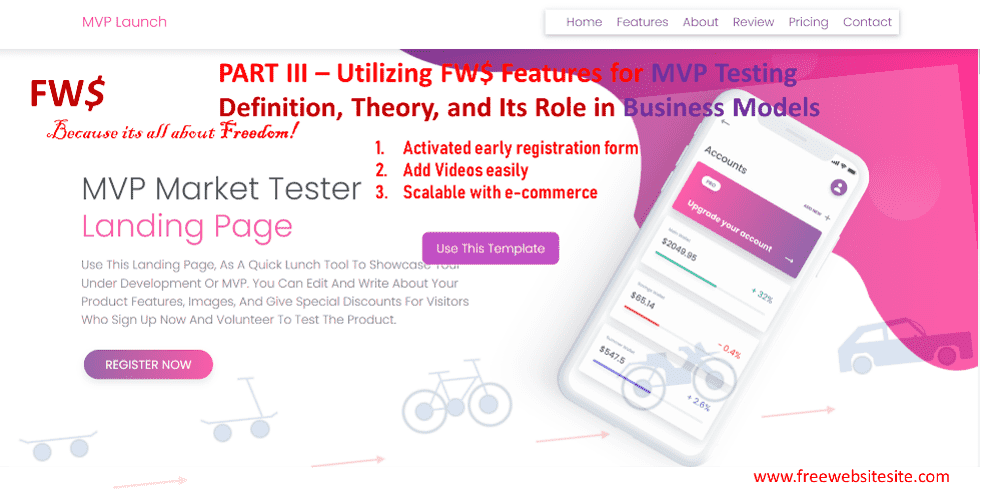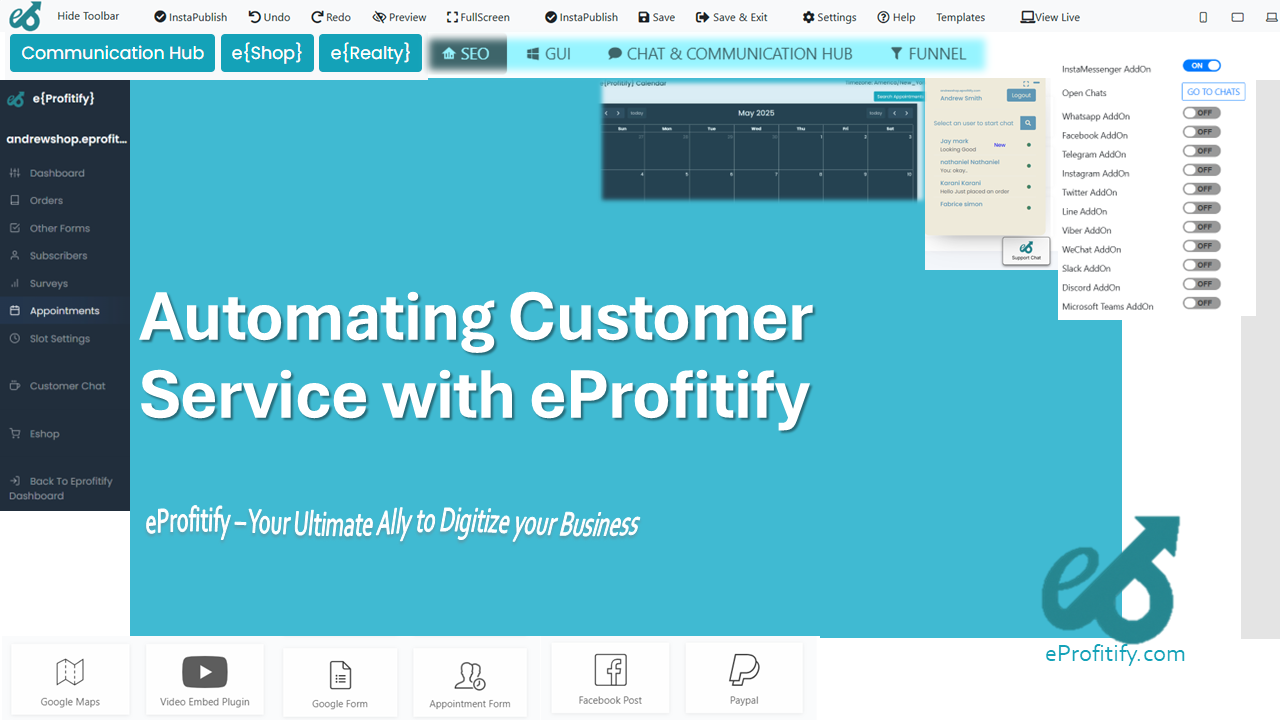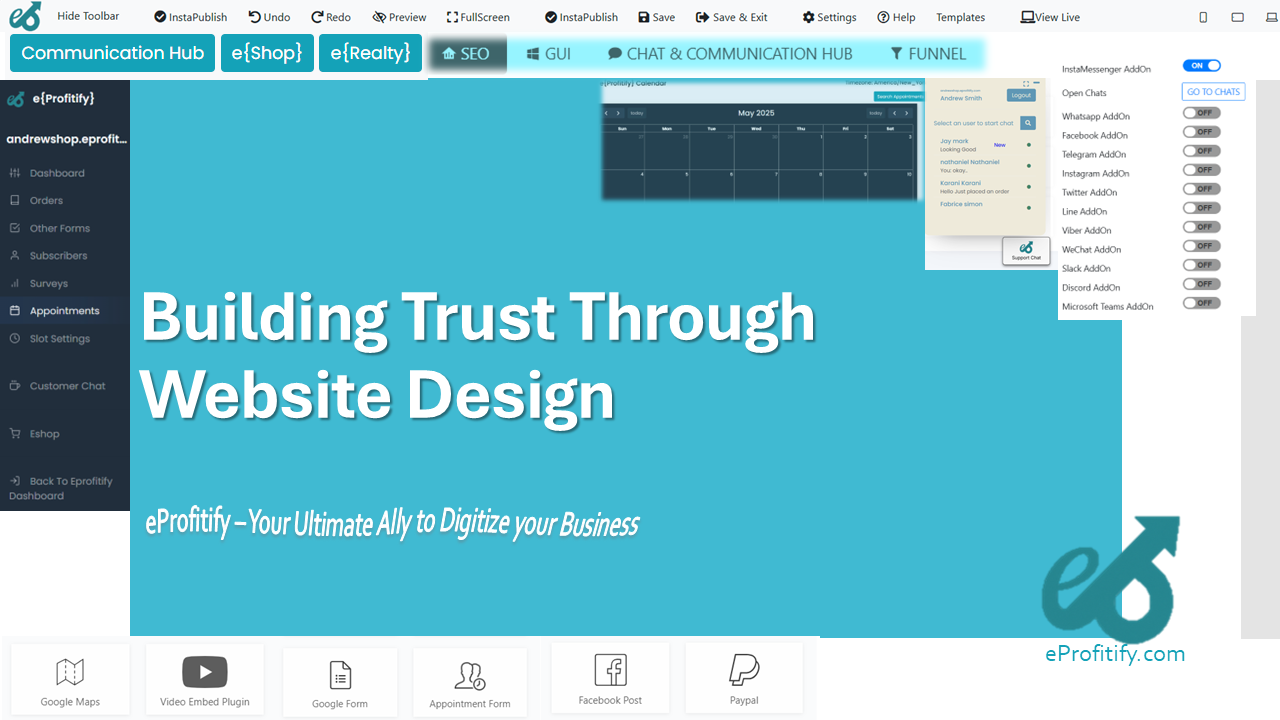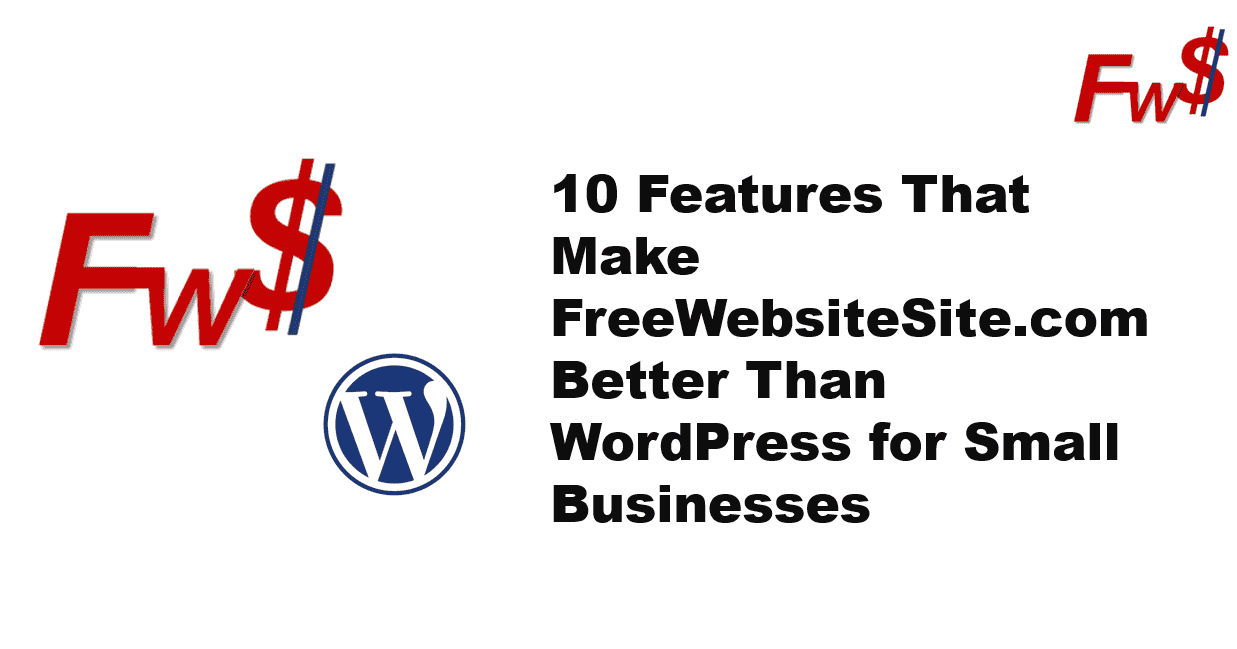Free vs. Paid Website Hosting: What Entrepreneurs Need to Know

Free vs. Paid Website Hosting: What Entrepreneurs Need to Know in 2023
In today’s digital-first world, establishing a strong online presence is non-negotiable for entrepreneurs. With over 1.13 billion websites active globally in 2023 (Web Tribunal), the competition for customer attention is fierce. A critical first step in building an online brand is selecting the right website hosting solution. While free hosting platforms might seem attractive for cash-strapped startups, paid hosting often emerges as the smarter long-term investment. This article breaks down the pros, cons, and key statistics about free and paid hosting—and explores how tools like eProfitify empower businesses to maximize their digital potential regardless of their hosting choice.
The Case for Free Website Hosting
Free hosting platforms like WordPress.com (free tier), Wix Free, and Blogger allow entrepreneurs to launch basic websites without upfront costs. They’re ideal for testing ideas, personal blogs, or temporary projects.
Pros of Free Hosting:
- Cost Savings: No subscription fees, making it accessible for hobbyists or early-stage experimentation.
- User-Friendly: Drag-and-drop builders simplify site creation for non-technical users.
- Low Commitment: Easy to abandon if the business idea doesn’t take off.
Cons of Free Hosting:
- Branding Limitations: Free plans often force users to display ads or use subdomains (e.g., yourbusiness.wixsite.com), harming credibility.
- Limited Features: Restricted bandwidth, storage, and analytics. For example, free Wix sites cap storage at 500MB—unrealistic for growing ecommerce stores.
- Security Risks: Free hosts are prime targets for cyberattacks. A 2023 Sucuri report found that 43% of hacked websites were on free or poorly maintained hosting plans.
Statistic Alert:
- Only 12% of businesses using free hosting report scalability beyond their first year (Hosting Tribunal, 2023).
Why Paid Hosting Is the Gold Standard for Entrepreneurs
Paid hosting plans (shared, VPS, dedicated, or cloud hosting) offer reliability, customization, and scalability. Platforms like Bluehost, SiteGround, and HostGator dominate this space.
Pros of Paid Hosting:
- Professional Branding: Use a custom domain (e.g., yourbusiness.com) and remove third-party ads.
- Enhanced Performance: Faster load times (key for SEO) and 99.9% uptime guarantees. Slow sites lose 40% of visitors after just 3 seconds (Portent, 2023).
- Advanced Tools: SSL certificates, SEO plugins, and ecommerce integrations like WooCommerce.
- Superior Security: Automated backups, malware scans, and dedicated support reduce breach risks.
Cons of Paid Hosting:
- Costs: Plans range from $3–$300/month, depending on resources.
- Technical Complexity: Managing servers or CMS platforms may require developer assistance.
Statistic Alert:
- Websites on paid hosting load 2.5x faster on average than free-hosted ones (HubSpot, 2023).
- 74% of small businesses using paid hosting report higher customer trust (TechJury).
Free vs. Paid: Key Differences at a Glance
| Feature | Free Hosting | Paid Hosting |
|---|---|---|
| Cost | $0 | $3–$300+/month |
| Branding | Subdomains, ads | Custom domains, ad-free |
| Bandwidth/Storage | Limited (500MB–1GB) | Scalable (10GB–unlimited) |
| SEO & Analytics | Basic or non-existent | Advanced tools (Google Analytics, Yoast) |
| Support | Community forums | 24/7 live chat, phone, email |
Choosing the Right Hosting for Your Business
Consider these factors:
- Budget: Free hosting suits pre-revenue experiments. Paid plans are essential for revenue-generating businesses.
- Scalability: Free platforms hinder growth; paid hosting lets you upgrade resources as traffic surges.
- Technical Needs: Ecommerce, CRM, or appointment systems require paid-tier functionality.
eProfitify: Unlocking Advanced Website Management
Regardless of your hosting choice, managing a website efficiently requires robust tools. This is where eProfitify shines—a leading all-in-one platform designed to simplify publishing, sales, and customer engagement. Trusted by over 50,000 businesses globally, eProfitify integrates seamlessly with both free and paid hosting setups, offering:
- Instant Messaging: Real-time chat support boosts customer satisfaction by 30% (eProfitify case study, 2023).
- Appointment Management: Automate bookings, reminders, and calendar syncs to reduce no-shows.
- Ecommerce Tools: Create product catalogs, process payments, and manage inventory in one dashboard.
- CRM Integration: Track customer interactions, segment audiences, and automate follow-ups.
- Analytics & SEO: Monitor traffic, conversions, and keyword performance to refine strategies.
Why It Works:
eProfitify’s unified dashboard eliminates the need for disjointed plugins, saving entrepreneurs 10+ hours/month on administrative tasks. For paid hosting users, it amplifies ROI by maximizing site functionality. Even free-hosted sites gain professionalism through features like CRM and appointment systems.
The Verdict
While free hosting serves as a stepping stone, paid hosting is indispensable for entrepreneurs serious about growth. Pairing it with a tool like eProfitify bridges the gap between basic hosting and enterprise-grade capabilities, ensuring your site drives sales, fosters loyalty, and scales effortlessly.
In 2023, 68% of consumers research businesses online before engaging (BrightLocal). Don’t let subpar hosting or clunky tools cost you opportunities—invest wisely to build a future-proof digital foundation.
Statistics sources: Web Tribunal, Sucuri, Hosting Tribunal, HubSpot, TechJury, eProfitify internal data.








.png)